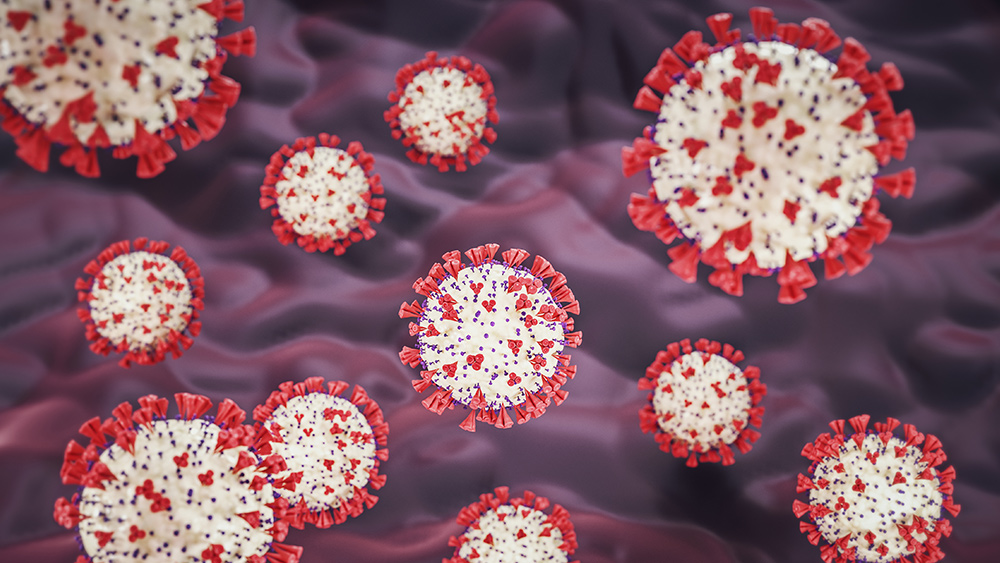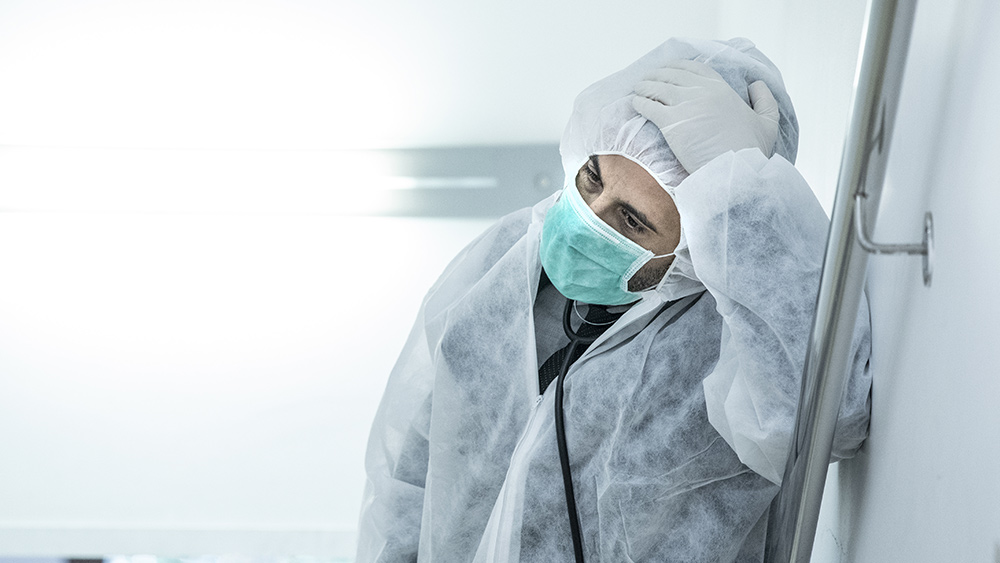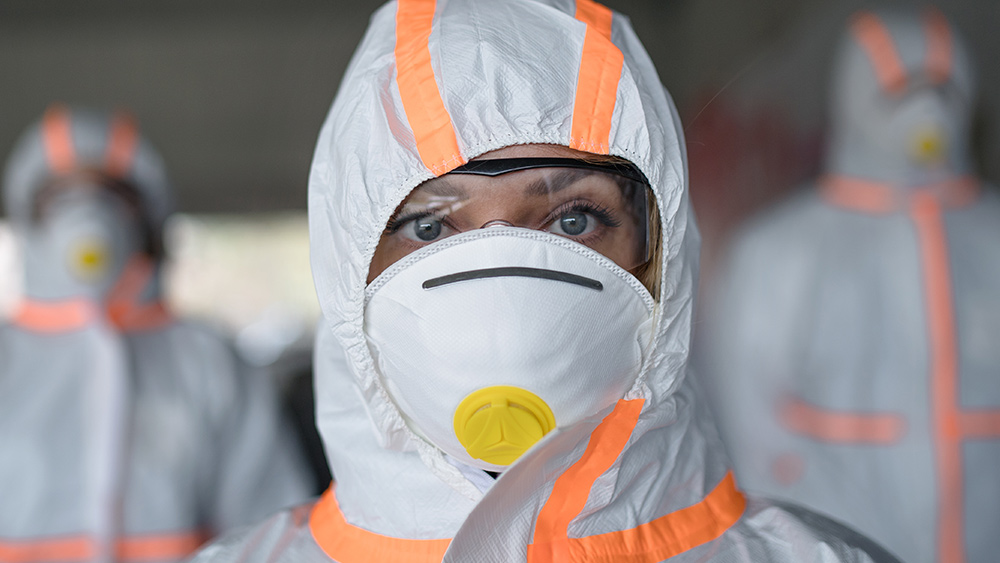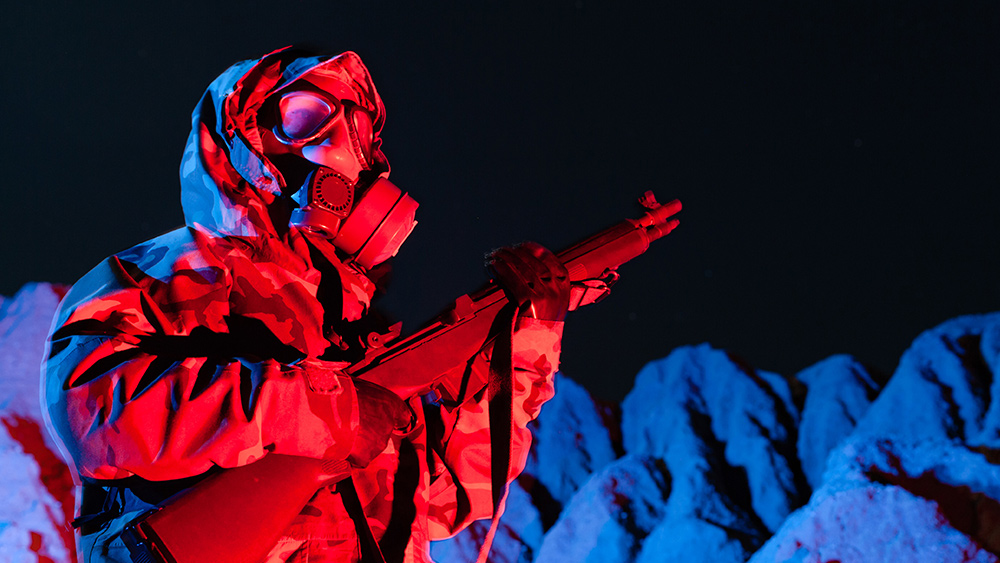Iceland study identifies coronavirus mutations, says people may be infected by multiple waves of variants
03/27/2020 / By Evangelyn Rodriguez

Genetic sequencing of swabs from nearly 10,000 people in Iceland, where 648 cases have been reported as of Tuesday, has revealed 40 different mutations in the novel coronavirus. Sequencing results also revealed that a person may be infected by two variants of the virus.
Researchers at deCODE genetics, a private biopharmaceutical company based in Reykjavik, have been assisting local health authorities in conducting tests for COVID-19, the disease caused by the coronavirus. But they were also performing genetic analyses of collected samples in hopes of understanding how the virus spread in the small Icelandic community. Iceland’s population exceeds 364,000 by only a small margin.
Speaking to Danish news outlet Dagbladet Information, Kari Stefansson, the CEO of deCODE genetics, said that the mutations were specific to their countries of origin. Hence they served as genetic signatures, which allowed the researchers to trace the infection back to three groups: Icelanders who were infected in Italy, in Austria, and in the United Kingdom.
“We have the genes from more than 400 infections. The interesting thing about that sequencing is that we can track where the virus came from. Some came from Austria. There is another type from people who were infected in Italy. And there is a third type of virus found in people infected in England. Seven people had attended a football match in England,” Stefansson shared.
Infection by more than one variant of the novel coronavirus is possible
The samples used for the sequencing project came from 9,768 people, who were either confirmed to be infected, showing symptoms of illness or living in high-risk areas. Since the first coronavirus case in Iceland was announced on February 28, health officials have reported two deaths — a 70-year-old woman, who was considered the first Icelandic casualty, and an Australian tourist, whose death has been linked to COVID-19 by preliminary autopsy.
Researchers at deCODE genetics also collected samples from an additional 5,571 volunteers, who neither had any symptoms nor were at risk of COVID-19 at the time of testing. Of the more than 5,000 samples, 48 returned with positive results. But these people, the researchers noted, showed no symptoms of any kind. On the other hand, genetic analyses of the nearly 10,000 samples revealed 40 location-specific mutations that linked them genetically to coronavirus infections in other countries.
The researchers also found evidence of a single person being infected by two variants of the novel coronavirus. While one variant had already undergone mutation, the other was genetically the same as before the mutation occurred. According to Stefansson, the only infections that could be traced to the doubly-infected individual were those caused by the mutated virus.
A silver lining due to nature and mutations
The discovery in Iceland may be new, but it was not the first report to emerge of the coronavirus mutating. Allan Randrup Thomsen, a virologist and professor at the University of Copenhagen, was not surprised by the finding, as the novel coronavirus, he says, is known to mutate “reasonably violently.”
“We have seen reports of variants from China already. In that way, it fits well with what one expects,” he told Dagbladet Information.
On March 03, a study published in the journal National Science Review reported how mutations and natural selection led to the development of a more aggressive variant of the novel coronavirus (SARS-CoV-2) in China. According to the researchers behind the study, this variant, which they dubbed the L type, was able to spread more quickly and replicate at a faster rate than the original S type.
Genetic analyses of samples from infected patients in Wuhan also showed that during the early stages of the outbreak, the L type was more prevalent than the S type. However, the L type’s frequency decreased after early January due to “severe selective pressure” placed by human medical intervention. Hence the older and less-aggressive S type eventually became the more predominant type of SARS-CoV-2.
Thomsen expects a slightly similar thing to occur around the world. The novel coronavirus, he said, is behaving by the book; and at the rate it is mutating, he predicts it will evolve into a more contagious but less pathogenic version of itself. (Related: Asia braces for new wave of coronavirus infections, more countries to see spikes in caseloads.)
“It’s similar to the pattern we see with the flu, and we can live with that. I’m not saying that this is how all variants get, but there is a tendency for it to develop that way. This means that viruses can infect more because it is better adapted, but it is not the disease-causing virus variants that survive. These are the variants that cause less disease,” he explained.
Dr. Derek Gatherer, an infectious disease specialist at Lancaster University in the U.K., echoed Thomsen’s sentiments. He, too, believes that the virus will become more contagious but won’t cause severe symptoms, as the variants responsible for those may die out. However, Gatherer said that this may take a couple of years to occur.
Sources include:
Tagged Under: aggressive variants, biotechnology, coronavirus, covid-19, gene sequencing, genetics, infections, infectious diseases, location-specific mutations, multiple infections, mutations, outbreak, pandemic, research, viral infections, viral mutations

















